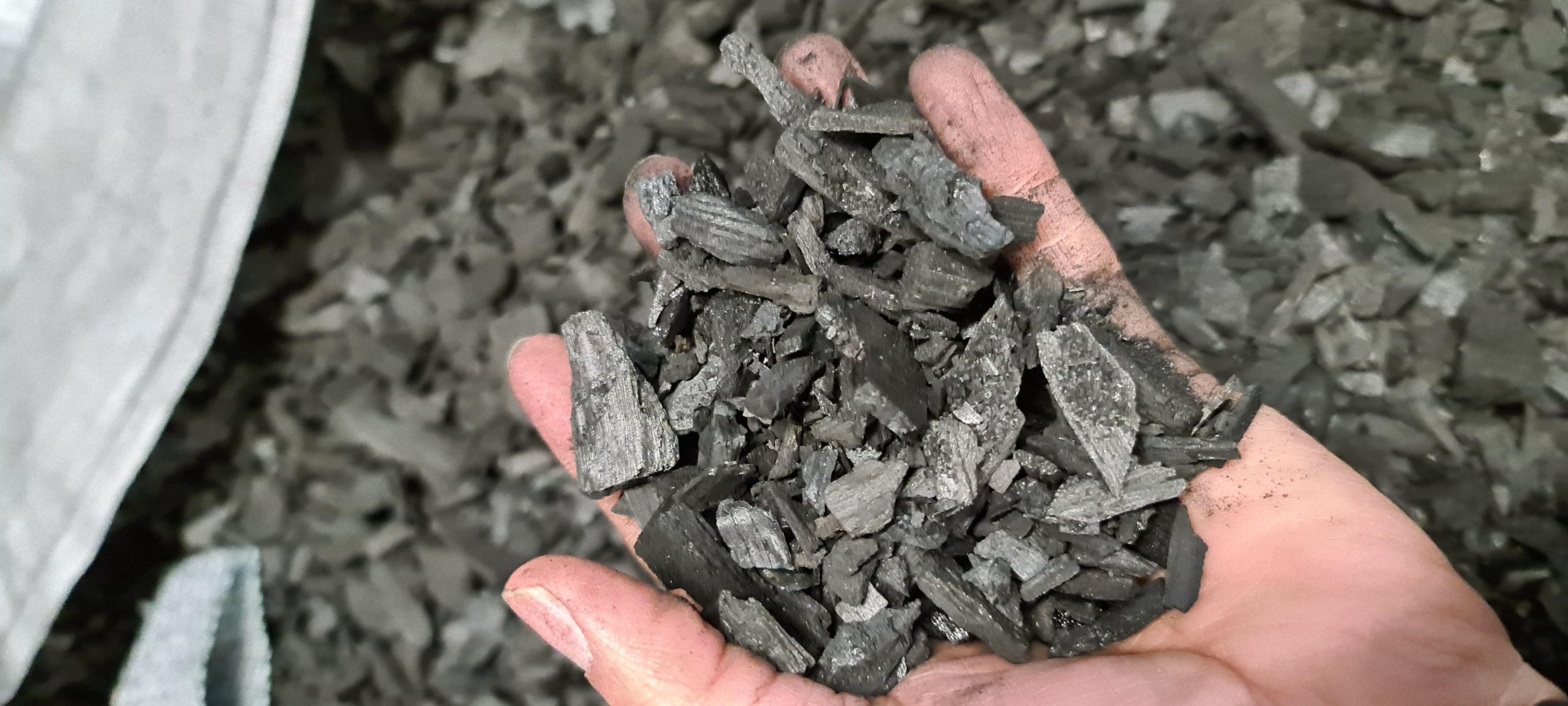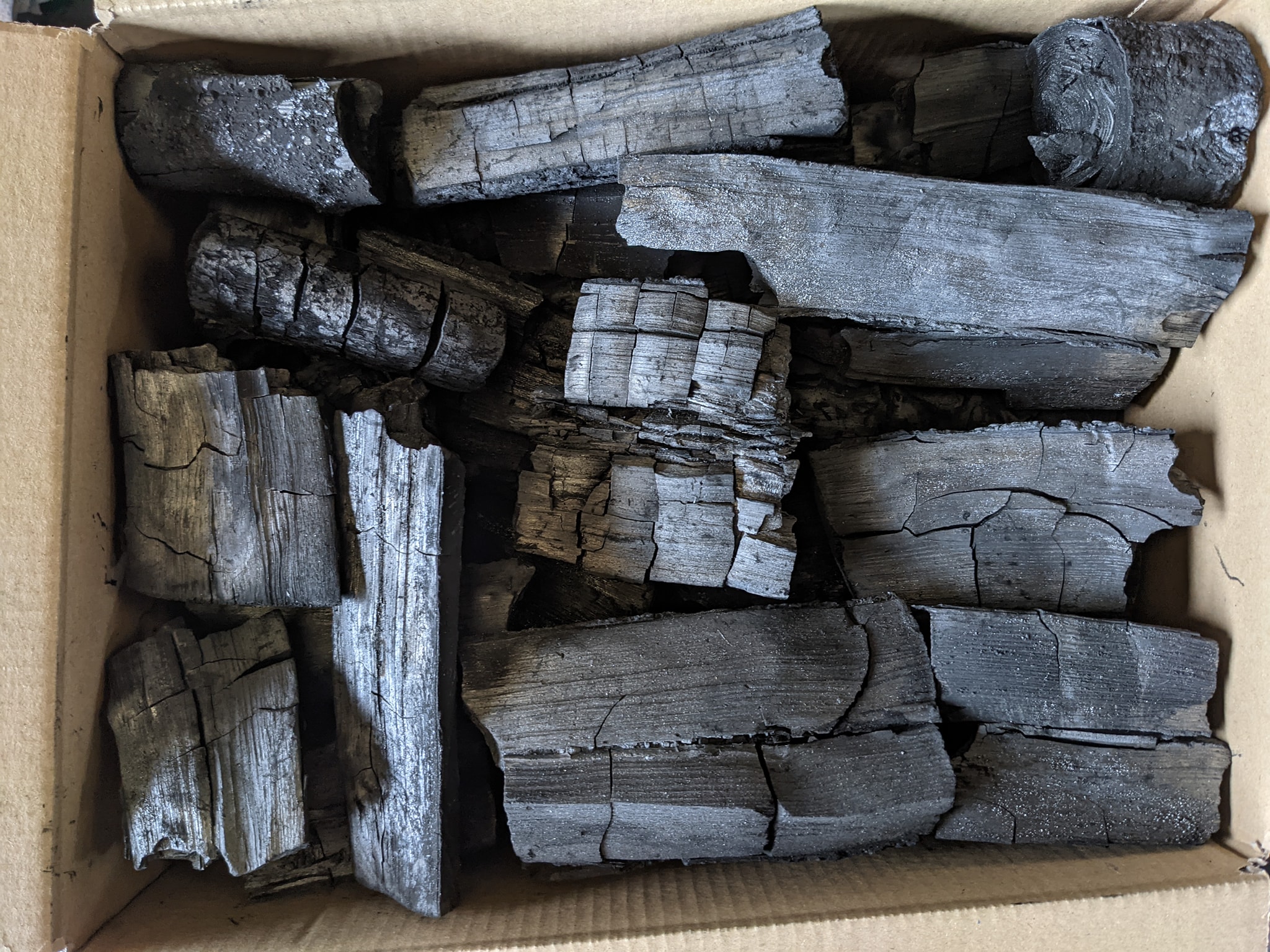Charcoal, often synonymous with backyard barbecues and cozy fires, has a long history deeply intertwined with human civilization. However, the conventional methods of charcoal production have often been associated with deforestation, habitat destruction, and significant carbon emissions. In this post, we embark on a journey to explore the evolving landscape of sustainable practices in charcoal production machine, shedding light on innovative techniques, eco-friendly approaches, and the quest for a harmonious balance between human needs and environmental preservation.

The Traditional Charcoal Conundrum:
Deforestation Dilemma:
Traditional charcoal production has long been accused of contributing to deforestation as vast tracts of forests are cleared for timber, the primary source of charcoal.
Emission Quandaries:
Conventional methods of charcoal production involve incomplete combustion, leading to the release of harmful pollutants such as methane, volatile organic compounds (VOCs), and particulate matter, contributing to air pollution.
The Shift Towards Sustainability:
Agroforestry Integration:
Sustainable charcoal production often involves the integration of agroforestry practices. By cultivating fast-growing trees specifically for biochar equipment, the pressure on natural forests is alleviated.
Managed Logging Techniques:
Adopting responsible logging practices ensures minimal impact on the surrounding ecosystem. Selective logging and the promotion of tree regeneration contribute to the preservation of biodiversity.

Technological Innovations in Sustainable Charcoal Production:
Carbonization Retorts:
Modern carbonization retorts are designed to optimize the pyrolysis process, increasing efficiency while minimizing emissions. This technology captures and repurposes by-products like syngas, reducing waste.
Cleaner Kilns:
Improved kiln designs prioritize complete combustion, reducing the release of pollutants into the atmosphere. Innovative airflow systems and insulation techniques enhance efficiency.
Addressing Social and Economic Aspects:
Community Involvement:
Sustainable charcoal production initiatives often involve local communities. By providing training, education, and fair compensation, these programs empower communities while fostering a sense of responsibility for the environment.
Market Linkages:
Connecting sustainable charcoal producers with conscientious consumers ensures a market for responsibly sourced charcoal. Certification programs, such as FSC (Forest Stewardship Council), play a crucial role in verifying sustainable practices. View the coconut shell processing machine.
Carbon Sequestration and Offsetting:
Reforestation Initiatives:
Many sustainable charcoal production projects include reforestation efforts. Planting trees helps sequester carbon and contributes to the overall health of ecosystems.
Carbon Offsetting Programs:
Some initiatives go beyond local efforts by participating in global carbon offset programs. These programs invest in projects that reduce greenhouse gas emissions elsewhere to counterbalance the carbon footprint associated with charcoal production.
Waste Utilization and Circular Economy:
Biochar Production:
Biochar, a by-product of the pyrolysis process, can be used to enrich soils and improve agricultural productivity. This dual-purpose approach reduces waste while contributing to sustainable agriculture.
Circular Economy Models:
Implementing circular economy principles in charcoal production involves finding beneficial uses for all by-products, creating a closed-loop system that minimizes waste and maximizes resource efficiency.
Challenges and Controversies in Sustainable Charcoal Production:
Economic Viability:
Critics argue that sustainable practices can be economically challenging for producers. Initial investments in modern technology and adherence to stringent environmental standards may increase production costs.
Certification Authenticity:
The effectiveness of certification programs is a subject of debate. Some question the authenticity and reliability of certifications, raising concerns about “greenwashing” within the sustainable charcoal market.
Case Studies in Sustainable Charcoal Production:
The GreenChar Initiative (Kenya):
GreenChar, a Kenyan social enterprise, focuses on sustainable charcoal production using agricultural waste. By partnering with local farmers and utilizing waste materials, they provide an eco-friendly alternative to traditional charcoal.
Mangrove Charcoal Project (Thailand):
The Mangrove Charcoal Project in Thailand emphasizes the sustainable harvest of mangrove wood for charcoal production. By integrating community engagement and reforestation, the project aims to balance economic interests with environmental preservation.
The Future of Sustainable Charcoal Production:
Technological Advancements:
Continued research and development in carbonization technology are expected to yield more efficient and environmentally friendly methods, making sustainable charcoal production increasingly accessible.
Global Collaboration:
International collaboration and the sharing of best practices can accelerate the adoption of sustainable charcoal production methods worldwide. Forums and initiatives that promote knowledge exchange can play a pivotal role in this evolution. Welcome to cooperate with Beston Group Co., Ltd..
Conclusion:
As we navigate the terrain of sustainable practices in charcoal production, it becomes evident that a paradigm shift is underway. The journey involves not just technological advancements but a holistic approach that considers environmental, social, and economic factors. By embracing sustainable charcoal production, we have the potential to redefine our relationship with this ancient resource, turning it into a beacon of responsible resource management and environmental stewardship. The path to sustainable charcoal production is not without challenges, but it represents a crucial step toward a future where the warmth of our fires is matched only by the warmth in our hearts for the planet we call home.